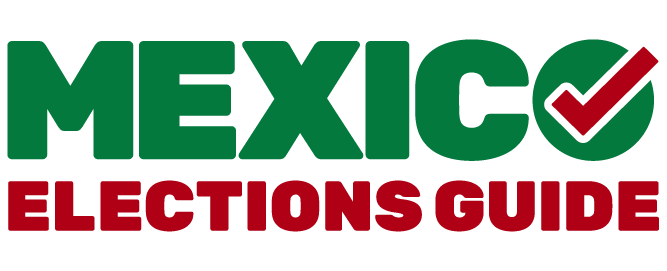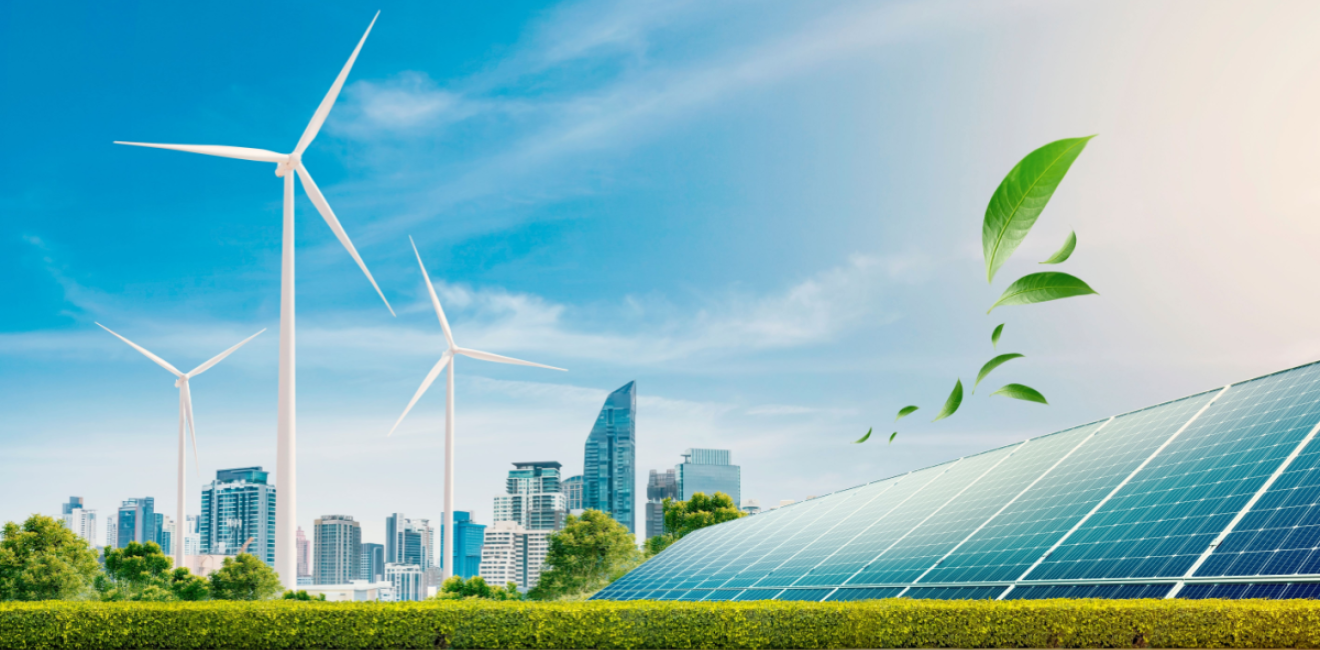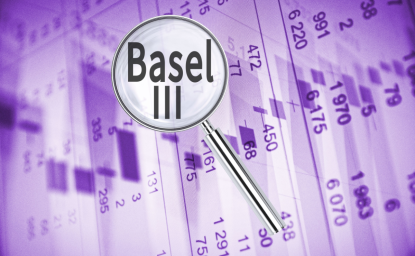Sustainable infrastructure provides a foundation for long-term development. It’s more durable, resilient, and beneficial to local communities—all while minimizing environmental harm.
Yet, verifying a project’s sustainability can be a lengthy, costly process. Strict adherence to environmental, social, and governance (ESG) standards sometimes delays investment, especially when satisfying multiple layers of review and approval. This leaves developing economies without enough capital for critical projects.
The solution isn’t to compromise standards, but to streamline the approval process. The Blue Dot Network, a recent cross-national initiative to certify projects, offers a way to reduce the barriers facing investors. In so doing, it may help channel capital into high-quality, sustainable projects in emerging markets and developing economies (EMDEs).
Sustainability vs. Speed
Evidence shows sustainable infrastructure—projects meeting high ESG standards—is a win-win. For host countries, these projects boost economic development by increasing productivity, facilitating trade, and attracting investment. They also promote human development by providing essential services to local communities. And of course, sustainability means better environmental outcomes.
Investors also benefit. Sustainable projects generate steady returns that are less vulnerable to erosion due to climate impacts. Meeting ESG standards also reduces the reputational risks investors sometimes face when doing business abroad.
Given these benefits, it is surprising that there is not more infrastructure investment in EMDEs. One challenge is that compliance is costly. Verifying that projects meet high standards can be an expensive, time-consuming process. For example, project approval often requires environmental impact studies, design plan reviews, and construction certifications before ground is broken.
While each step of that process is crucial, it can delay investment. This creates a tension between meeting high standards and the urgent need for more capital in EMDEs. And, it runs the risk that projects will be funded by investors with lower standards.
A Solution: The Blue Dot Network
To encourage more sustainable infrastructure investment, we must reduce initial costs without compromising project quality. The Blue Dot Network offers one approach to streamlining the process.
Founded in 2019, the Blue Dot Network is a seven-country agreement to certify infrastructure projects meeting agreed-upon standards. The Network derives 10 core criteria from over 80 existing international standards. For example, certification demands that projects minimize environmental degradation and corruption while maximizing benefits to the local community and transparency.
By effectively prescreening projects, “blue dot” certification, which began at scale in April 2024, lowers barriers to investment. Specifically, under the Blue Dot scheme, investors now get a credible signal of a project’s quality without having to carry all the burden of the approval process. This is especially important for large capital holders who may not be accustomed to investing in foreign infrastructure, such as pension funds and insurance companies. Certification can reassure these investors that projects meet high standards—and promise high returns.
As the Blue Dot Network becomes more active and attracts more members, it offers the possibility of accelerating much-needed private investment in international infrastructure—while still maintaining the high standards that ensure long-term benefits.
Author

Associate Professor in the School of Government and Public Policy and the James E. Rogers College of Law, University of Arizona

Wahba Institute for Strategic Competition
The Wahba Institute for Strategic Competition works to shape conversations and inspire meaningful action to strengthen technology, trade, infrastructure, and energy as part of American economic and global leadership that benefits the nation and the world. Read more







